You are viewing ARCHIVED content published online before January 20, 2025. Please note that this content is NOT UPDATED, and links may not work. Additionally, any previously issued diversity, equity, inclusion or gender-related guidance on this webpage should be considered rescinded. For current information, visit https://www.blm.gov/blog.
Meet the BLM National Seed Warehouse System!
The BLM stewards the greatest acreage of public lands of any federal land management agency in the United States. Managing for plant conservation is an important part of the BLM’s mission, and many projects require large areas to be seeded. How does the BLM meet the need for seeds?
The BLM National Seed Warehouse System (NSWS) was developed to streamline processes and provide quality control for seed needs agency-wide, and currently manages warehouses in Boise, Idaho and Ely, Nevada. These warehouses purchase, process, and fill field orders for two to three million pounds of seed annually, servicing BLM offices nationwide, as well as several other federal agencies and state partners. Over the past five years, the NSWS has bought and provided 187 different varieties of seed, 90% of which are native species.
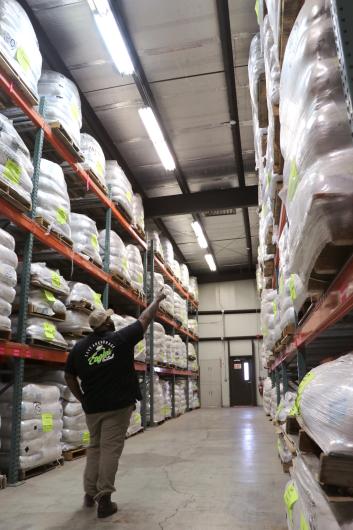
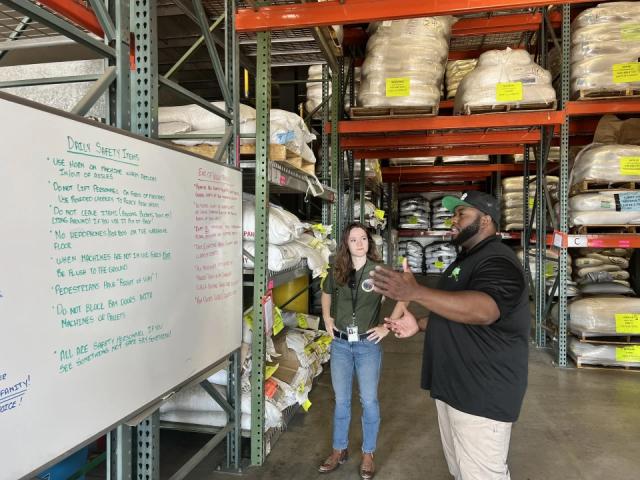
Staff at the NSWS purchase seed stock based on what species and varieties are needed in the field for ongoing and planned projects, and in anticipation of future needs and changes to seeding methods. The price of seed on the commercial market can fluctuate greatly, so ordering seed through the NSWS gives BLM field staff a set price to work with as they establish their project budgets.
Where do the seeds come from? While most seed in the warehouses is purchased from commercial growers operating on private land, a large portion is also collected from the wild. Wild seed may be collected from federal, state, or private lands, depending on where the collector has a permit. Some seed companies provide both cultivated and wildland-collected seeds.
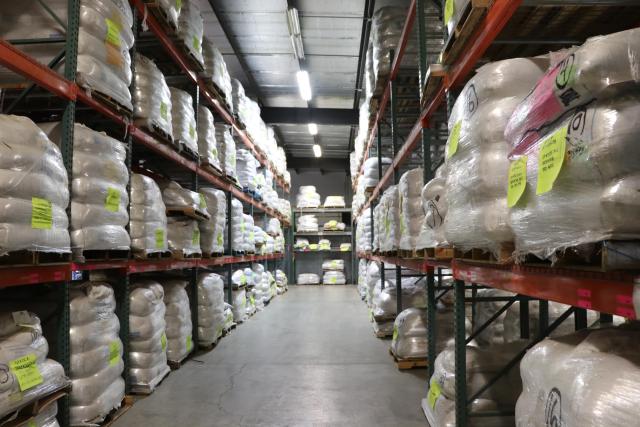
Who needs the seeds? Many different land management activities call for seeding. A frequent use is rehabilitation of areas after wildfires, which at high severities can leave landscapes totally denuded of vegetation. Restoring vegetative cover is a crucial component of stabilizing soils and reducing the impacts from invasive non-native plant species. Other areas may have soils that were disturbed and degraded by human use or development, and seeding is part of the process of reclamation. Seeding can also be part of conservation activities, such as restoring communities of native vegetation, habitat enhancement and restoration, or promoting plants of cultural importance to Native communities. The list goes on!
What kinds of seeds are being planted? Averaged since 2019, Bluebunch Wheatgrass, native to the northern Great Plains and Intermountain regions of the western United States, was by far the most-ordered species (with many different varieties sourced from the localities where they are needed), trailed by four other species of wheatgrass. Lower on the list but still ordered in many thousands of pounds, are a broad variety of flowering plants and shrubs that represent some of the incredible diversity of American landscapes.
Day to day, NSWS employees are busy with a myriad of responsibilities. On the warehouse floor, staff receive seed from vendors, take samples for testing, manage inventory, fill and mix seed orders for the field, and package and ship seed orders out to the field. Behind the scenes, administrators are working with seed industry representatives, regulatory organizations, and customers to administer contracts, prepare new projects, and more.
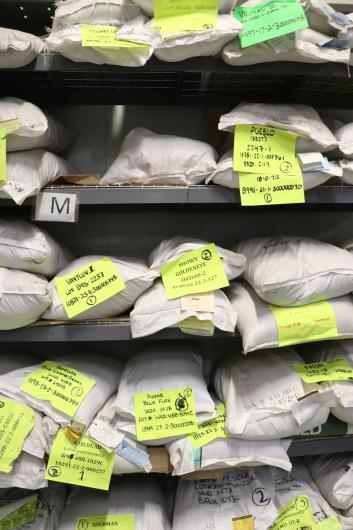
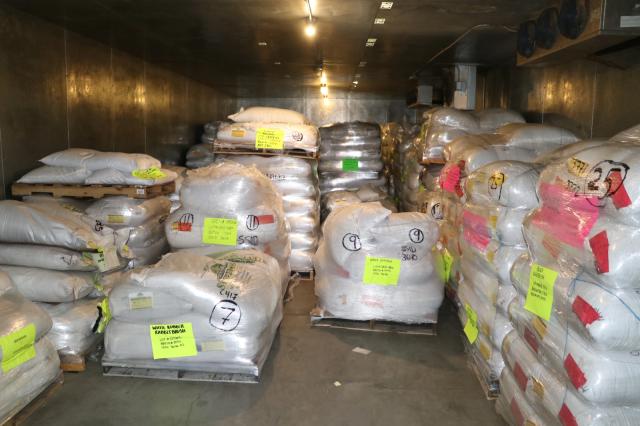
What does the future hold for the NSWS? The demand for native seed is only increasing, and there are plans in the works to increase staffing and storage capacity at NSWS facilities, as well as build greater interagency coordination. "Seeding projects are a crucial part of the management of healthy landscapes, and we ensure the highest quality seed is available to ensure maximum seeding success," said Brandon Brown, BLM National Seed Coordinator.
If you’re in the Boise or Ely area, take a moment to stop by the seed warehouses and see the operation firsthand!
You can also listen to an interview with Brandon Brown and BLM National Emergency Stabilization and Rehabilitation Lead Jake Ferguson in Episode 24 of the Wildfire Matters podcast.
Rebecca Paterson, Public Affairs Specialist
Related Stories
- Helping Woodlands & Fighting Fire with the Dawson Project
- BLM delivers on administration priorities
- BLM Fire and National Conservation Lands managers collaborate to meet shared goals
- Fuel break on BLM-managed land slows wildfire, saves homes in Amador County, California
- More than a summer threat: Protecting public lands from fall fires
